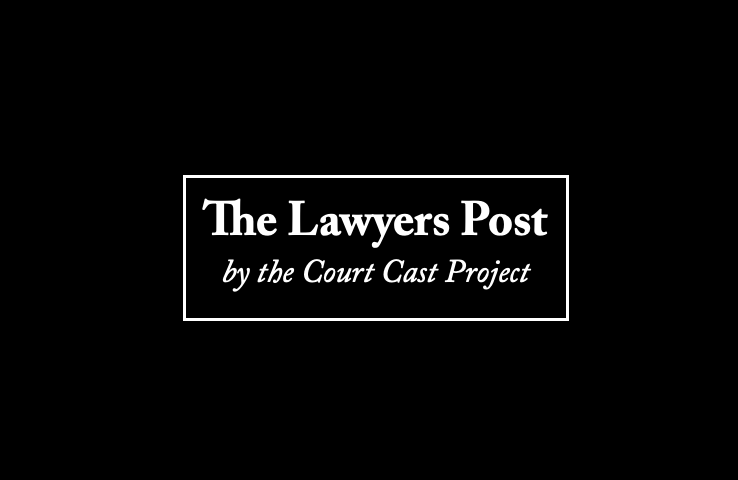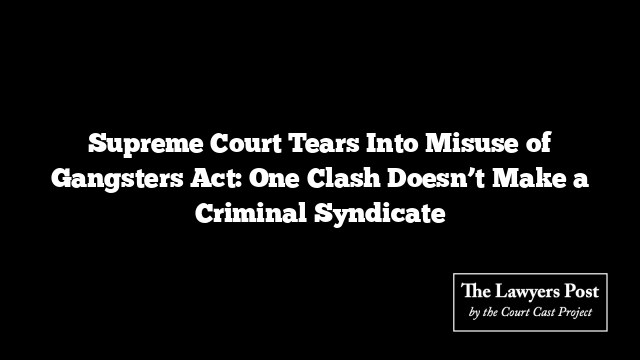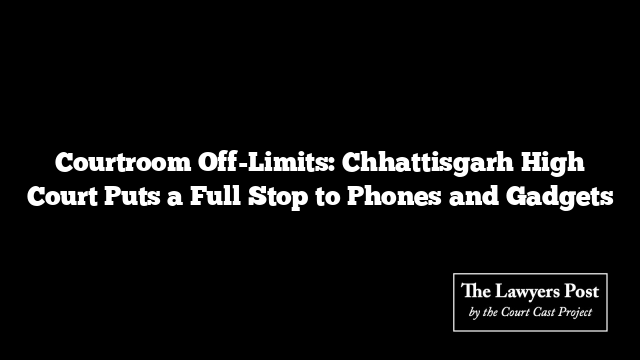In a sharp rebuke to the overreach of state power, the Supreme Court has ruled that the U.P. Gangsters and Anti-Social Activities (Prevention) Act, 1986, cannot be flung like a net over individuals based solely on their presence in a single violent incident—no matter how serious—unless there’s solid proof of them being part of a habitual criminal operation.
The ruling lays down a clear line: participation in a communal disturbance doesn’t automatically brand someone a gangster. If the State wants to invoke the Gangsters Act, it must bring more to the table than just a name on an FIR and a dramatic incident.
“The listing of multiple individuals without any shred of evidence showing they acted as a coordinated group or were part of a criminal hierarchy simply doesn’t cut it,” the Court stated.
A bench comprising Justices Vikram Nath and Sandeep Mehta gave this ruling while hearing an appeal against the Allahabad High Court’s refusal to quash an FIR under Section 3(1) of the Act. The FIR in question, dated 11 October 2022, arose from a communal protest a day earlier, reportedly triggered by an inflammatory social media post. Violence followed, and the appellants were caught in its sweep.
However, the appellants pointed out that there was nothing between that October day and the creation of the so-called “gang chart” in April 2023 to show they had engaged in any repeat or organized criminal activity.
The Court agreed. Justice Mehta, writing the judgment, dissected the FIR and noted that it lacked the essential hallmarks of a gang case: no organized planning, no hierarchy, no pattern—just a one-off protest spiraling into violence. The gang chart, prepared months later, was seen for what it was: a retroactive attempt to upgrade an old case into something it never was.
“The FIR doesn’t even pretend to show recurring criminal acts. This was an after-the-fact construction—an effort to reframe a past protest as gangsterism without any new material,” the Court concluded.
By January 2023, the appellants had already secured bail, and the incident was being treated as a simple scuffle with minor injuries. Then suddenly, months later, a gang chart emerged, and a fresh FIR was registered without any new facts.
The Supreme Court didn’t mince words: this was an abuse of the law. The Gangsters Act, it clarified, was designed to target serial offenders—those with a documented history of criminal enterprise—not people swept up in a single episode of unrest.
With that, the FIR under the Gangsters Act was struck down, and the appeal was allowed. The verdict stands as a firm reminder that draconian laws are not to be wielded as blunt instruments in moments of political or administrative discomfort.





